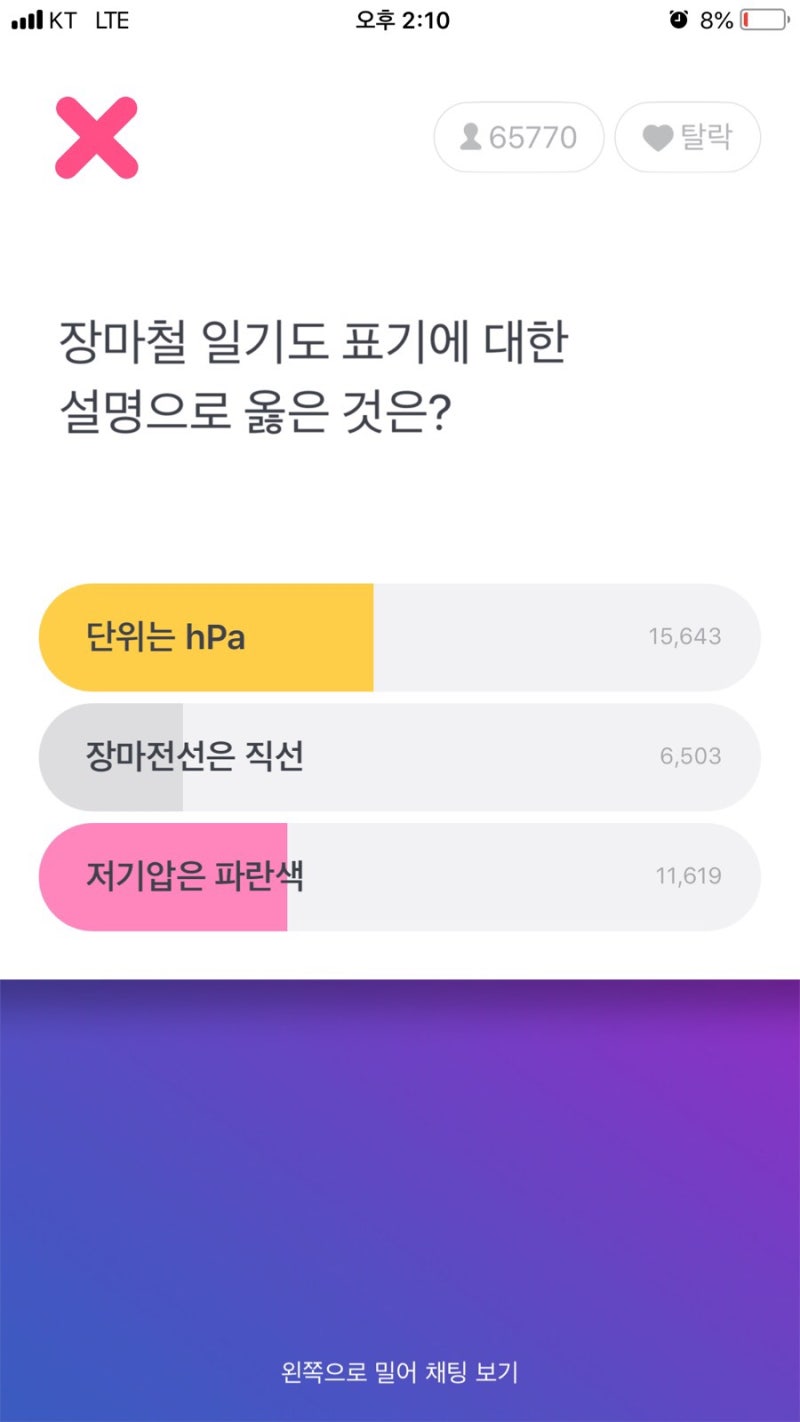The 2018 was produced in the June 29 issue.
The correct answer of the rainy season diary is hPa.
hPa stands for hectopascal (hectopascal).
Originally, meteorologists used Miliba as a meteorological unit and since 1 July 1984 the World Meteorological Organization has changed its SI derivative Pascal (symbol Pa) to pressure. One Pascal corresponds to the pressure of one Newton per square meter. Meteorologists are accustomed to the old (mbar) millibars It is said that the most commonly used unit is the Hapo Pascal (hPa).
1 hecto pascal (hPa) = 100 Pa = 1 mbar
1 kilo Pascal (kPa) = 1,000 Pa = 10 hPa
1 megapascal (MPa) = 1,000,000 hPa
hPa stands for hectopascal (hectopascal).
Originally, meteorologists used Miliba as a meteorological unit and since 1 July 1984 the World Meteorological Organization has changed its SI derivative Pascal (symbol Pa) to pressure. One Pascal corresponds to the pressure of one Newton per square meter. Meteorologists are accustomed to the old (mbar) millibars It is said that the most commonly used unit is the Hapo Pascal (hPa).
1 hecto pascal (hPa) = 100 Pa = 1 mbar
1 kilo Pascal (kPa) = 1,000 Pa = 10 hPa
1 megapascal (MPa) = 1,000,000 hPa
So let's see how Hokka Pascal (hPa) is used. Here is an article from a notched news.
[Notched News. August 2012 article] What is the most powerful typhoon in human history?
It is the typhoon tip (TIP) that occurred on October 4, 1979 after the weather observation.
The central air pressure is 870 hectopascals (hpa), the lowest in typhoon observations.
The lower the hpa is, the higher the power is, and if it is below 950ha, it is classified as a strong typhoon.
For reference, the most powerful typhoon on the Korean peninsula since the 100th year was the 'cicada' at 910hpa.
The tip's maximum wind speed is 85 m / s and its diameter is 1,850 km, both record highs.
The diameter of the typhoon is nearly half the size of the US mainland, nearly twice the previous record of 1,130 kilometers in August 1951, the typhoon Marge.
Compared with the maximum wind speed of typhoon cicadas at 55 m / s and 1000 km / h, the strength and size of the tip can be guessed. The cicadas are out of the top 100 in the ranking of power of the previous typhoon.
[Notched News. August 2012 article] What is the most powerful typhoon in human history?
It is the typhoon tip (TIP) that occurred on October 4, 1979 after the weather observation.
The central air pressure is 870 hectopascals (hpa), the lowest in typhoon observations.
The lower the hpa is, the higher the power is, and if it is below 950ha, it is classified as a strong typhoon.
For reference, the most powerful typhoon on the Korean peninsula since the 100th year was the 'cicada' at 910hpa.
The tip's maximum wind speed is 85 m / s and its diameter is 1,850 km, both record highs.
The diameter of the typhoon is nearly half the size of the US mainland, nearly twice the previous record of 1,130 kilometers in August 1951, the typhoon Marge.
Compared with the maximum wind speed of typhoon cicadas at 55 m / s and 1000 km / h, the strength and size of the tip can be guessed. The cicadas are out of the top 100 in the ranking of power of the previous typhoon.

댓글 없음:
댓글 쓰기